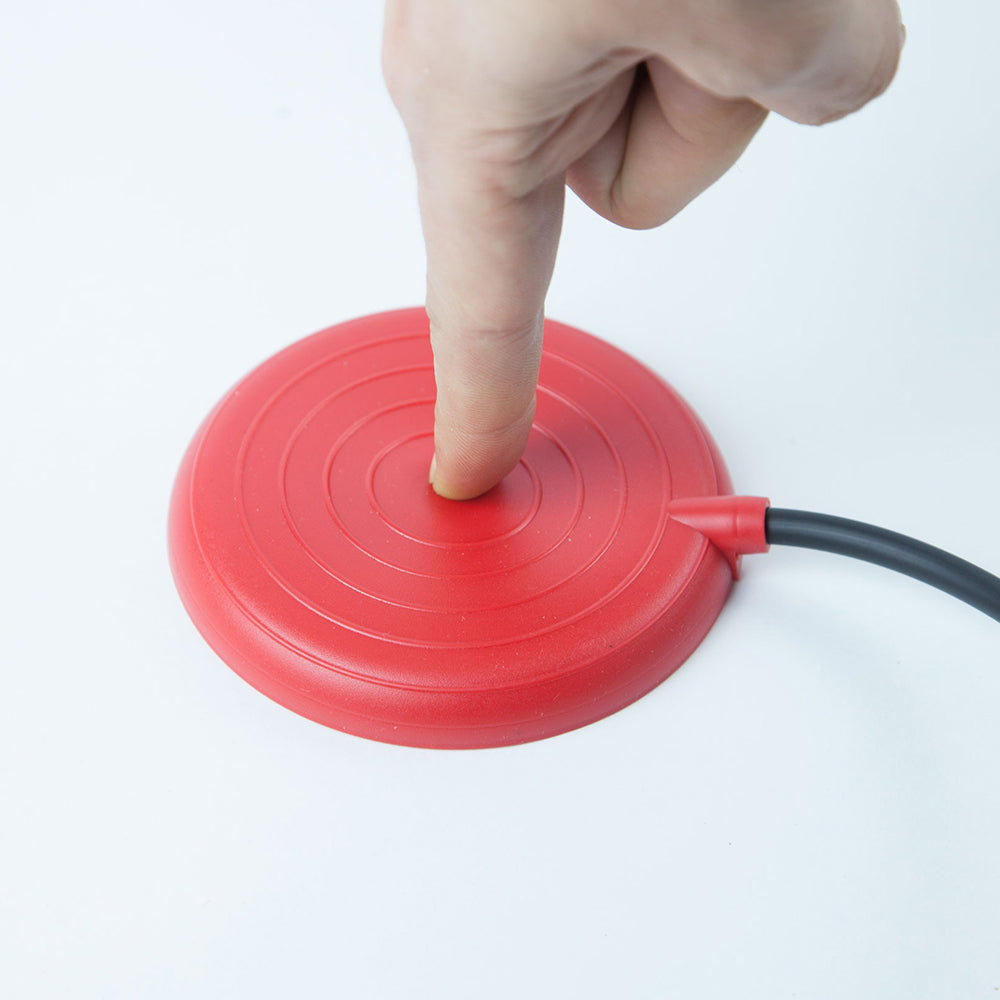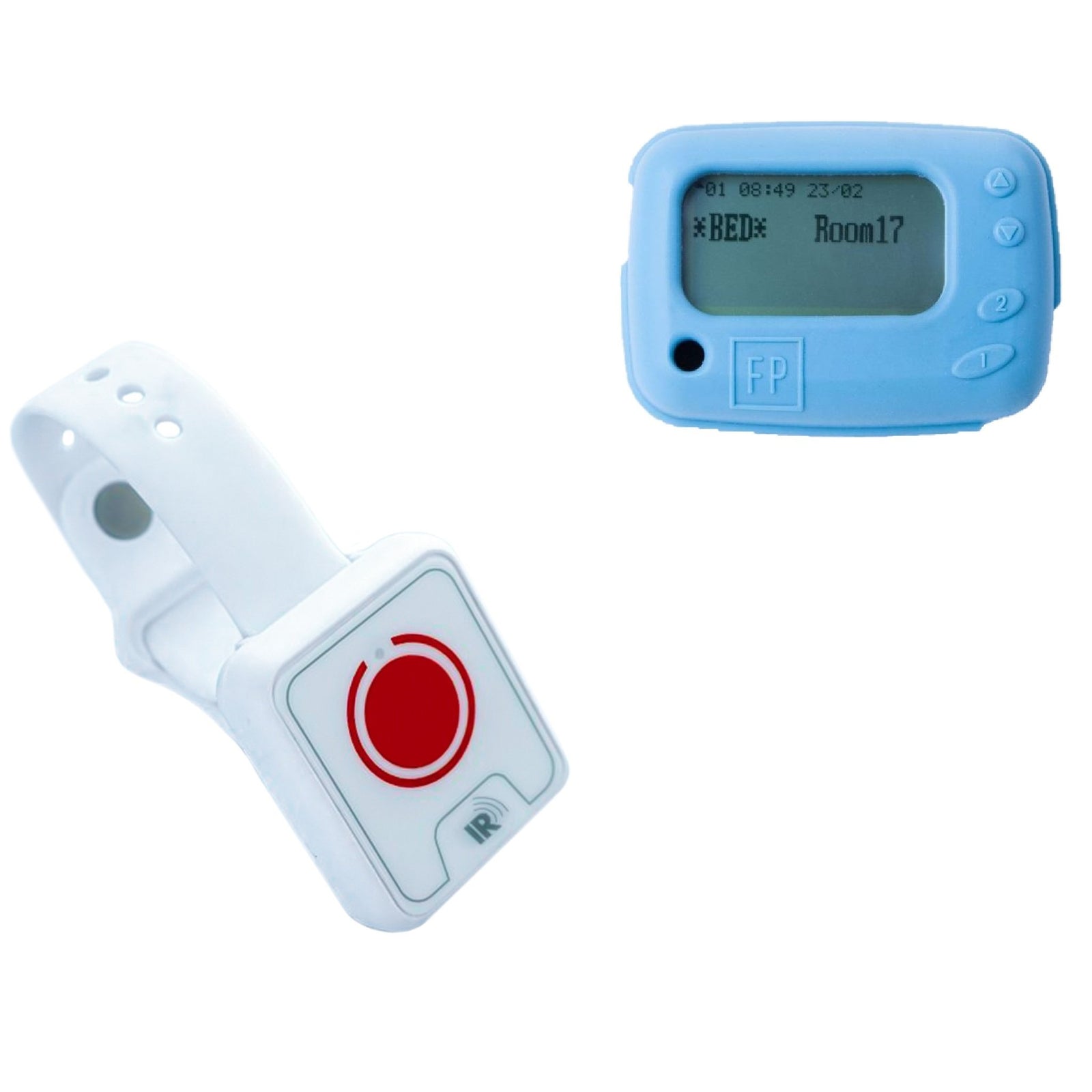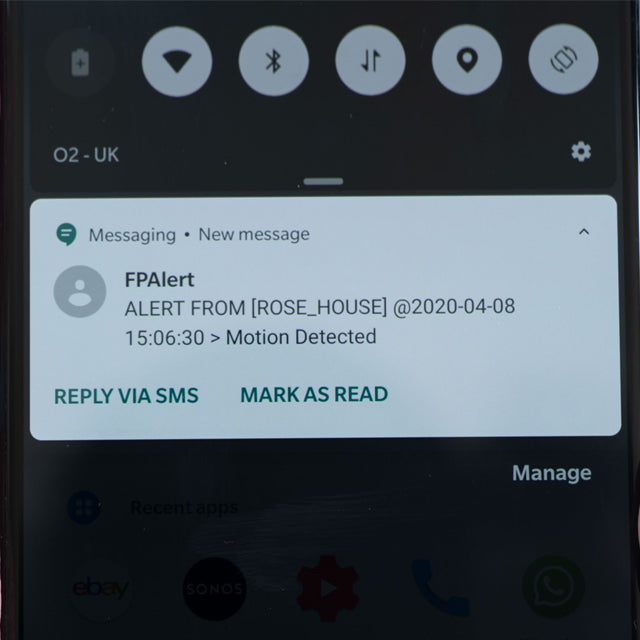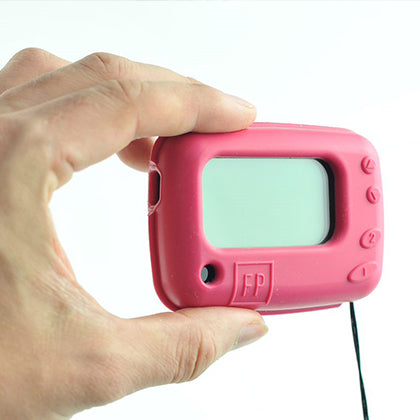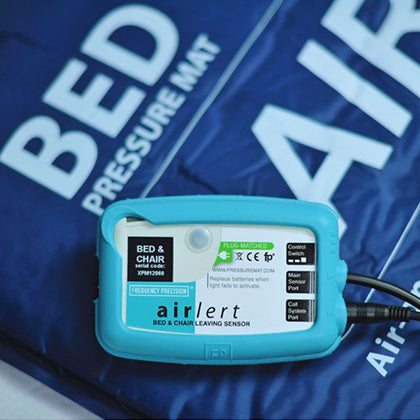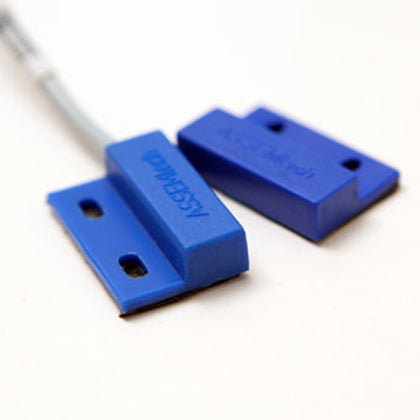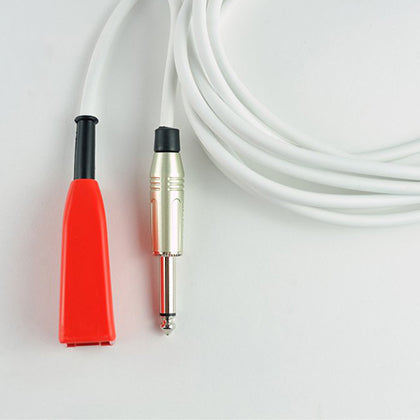
As we age, often we need the assistance of a caregiver. Whether in a home or a hospital, caregivers are dedicated to supporting patients, helping to make their lives more comfortable and addressing medical emergencies. However, it is difficult for a medical professional to constantly be on watch, making it difficult to know what is happening to a patient at all times.
Luckily, that’s exactly where emergency call buttons come in. Frequently found in hospitals and hospices, these medical alert devices can prompt many questions, which often go unanswered. In this article from Frequency Precision Ltd, we hope to answer some of these questions, helping you feel confident when considering emergency call buttons.
What are emergency call buttons?
Emergency call buttons are systems provided to patients and other vulnerable persons to call for help in an emergency situation. Typically, there will be a singular button that can be pressed, sending a signal to a carer or medical professional. During an emergency, carers and family members can also use these systems to ask for extra assistance, as they are easily accessible.
What different types of emergency call buttons are available?
As different healthcare facilities have different practices, finding the right system that works for their unique needs is essential. Thankfully, there are a range of emergency systems available, making it easy to find the right tools. In this section, you can learn some of the popular types of emergency call buttons available on the market today.
Wireless Call Buttons
Wires and cables can be dangerous when left unsecured or unattended, causing trip hazards. Thankfully, the wireless call buttons are here to save the day. These systems come in various forms, allowing nurses and caregivers to choose the best alert system for them and their patients.
Medical alerts from wireless call buttons can be sent to different locations for optimal ease of use. Some medical buttons transmit signals to specifically designed pagers, whereas other wireless medical alert devices can send notifications through to mobile phones.
Large Call Buttons
Small buttons can be fiddly and can be difficult to touch for those with mobility issues, which has led to the invention of extra-large call buttons. Operating as a type of pressure pad, these buttons are activated with the lightest touch of a body part. Typically, these buttons are brightly coloured to be easily found in the event of an emergency.
Wearable Call Buttons
Similar to traditional call button systems, these devices allow the patient to wear their call button around either their neck or their wrist. This provides constant and easy access to emergency care, regardless of where the wearer might be. Wearable call buttons can even be worn in the bathroom, great for asking for help while retaining both independence and privacy.
Fall Sensors
While often not categorised as types of emergency call buttons, many wearable fall sensors have emergency buttons attached to them. This means the person who has fallen can call for help quicker than the automatic sensor if they are able. If they are unable to, the system will automatically detect the emergency and will typically call for assistance afterwards.
Are there accessories available?
For many types of emergency nurse call systems, accessories are available. With the right accessories, the medical alert system can be more easily accessed by a patient, providing them with independence and support simultaneously. In this section, you can read about some examples of add-ons and accessories for your new medical alert device.
Lanyards and Watches
As mentioned, wearable wireless call buttons can be very handy. Lanyards and watches are on offer as accessories, giving a wider range of options for use. This is particularly handy in hospitals and nursing homes, where buttons are being reused regularly.
Signal Extenders
In large buildings, signals can struggle to transmit alerts between long distances. To help extend the signal reach, many healthcare providers opt for signal extenders. These tools can double the range of a wireless emergency call button, meaning caregivers can wander further from the patient's bed while remaining confident that they can be contacted in an emergency.
Pager Cases
Caregiving often requires moving quickly, which means unsecured equipment can fall off easily. Pagers, for example, need to be on a caregiver’s person at all times but can slip from their body when rushing about. Thankfully, pager cases can be bought to prevent breaking during a fall.
Pager cases are also a hygienic layer to protect vulnerable patients alongside the technology underneath. Rubber and silicone page cases can be easily washed, as well as being attached to a lanyard to prevent unnecessary contact with unwashed hands. Pager cases are available in a variety of colours and sizes, individualising the different types.
Extra Cables and Leads
Anywhere cables and leads are needed, spares are always a great idea. Cables can unexpectedly fray or become damaged, increasing the chances of situations like electrical fires. Spares are therefore necessary to replace those creating potential fire hazards. Likewise, often cables and leads are not long enough to connect appliances.
Why should I consider an emergency call button?
Emergency call buttons can seem off-putting to some individuals, with concerns around their appearance, size and usefulness being common. In truth, emergency call buttons can be very useful in a myriad of situations, shortening the response times of nurses and doctors heavily. This means the damage following dangerous falls and seizures can be limited, with help being provided much quicker.
How are they set up?
Medical alert systems are generally easily installed, depending on the type of product they are. At home, most emergency call buttons for the elderly are installed easily, plugging into the wall sockets. Wireless systems will need a receiver and a charging system. If you need support with setting up the system, the company that supplied the system can provide you with support and advice.
Are they easy to use?
Medical alert devices can seem complicated, however they are very simple to use. With different types available, finding the easiest type to use for your patient isn’t difficult. Some are easily accessed on the patient’s person, others are large and sensitive to touch for those with mobility issues.
Who can benefit from them?
Emergency call buttons are brilliant for the elderly, but that’s not their only use. Patients of all ages can benefit from medical alert devices while staying in hospitals, calling a healthcare professional to their side when needed. Likewise, those with disabilities who need extra assistance while at home can benefit from a way to call for help when needed.
Where can they be used?
Thanks to the variety of products on the market, emergency call buttons can be implemented in a range of properties. From hospices to homes, medical alert devices can either be plugged into sockets or integrated into existing systems. Their adaptability is part of the reason why they are so frequently chosen by caregivers and individuals alike.
Where can I buy an emergency call button?
Emergency call buttons can be bought from professional and specialist companies. It’s important to find the right business to supply your medical alert devices, to ensure you get the highest quality equipment. Luckily, at Frequency Precision Ltd, we take great pride in providing our customers with the tools they need to offer unmatched care.
Why Choose Frequency Precision Ltd
Our story began in an unlikely place, tucked away in a shed in Devon. Our founder, Doug Dwyer, began the business after inventing a solution to discreetly alert medical professionals and caregivers when patients need support. Our company now offers a wide range of products, fromemergency call buttons toepilepsy monitors, helping businesses and independent caregivers to provide professional services.
Contact Us
If you’re interested in implementing emergency call buttons for the elderly in a home or hospital, we can provide you with full support and advice. From the purchasing process to use, our team will be on hand to support, with ourinstruction manuals fully available online.
Our friendly team is happy to help if you have any further questions.Contact us directly or visit our website to learn moreabout us and our other products.

